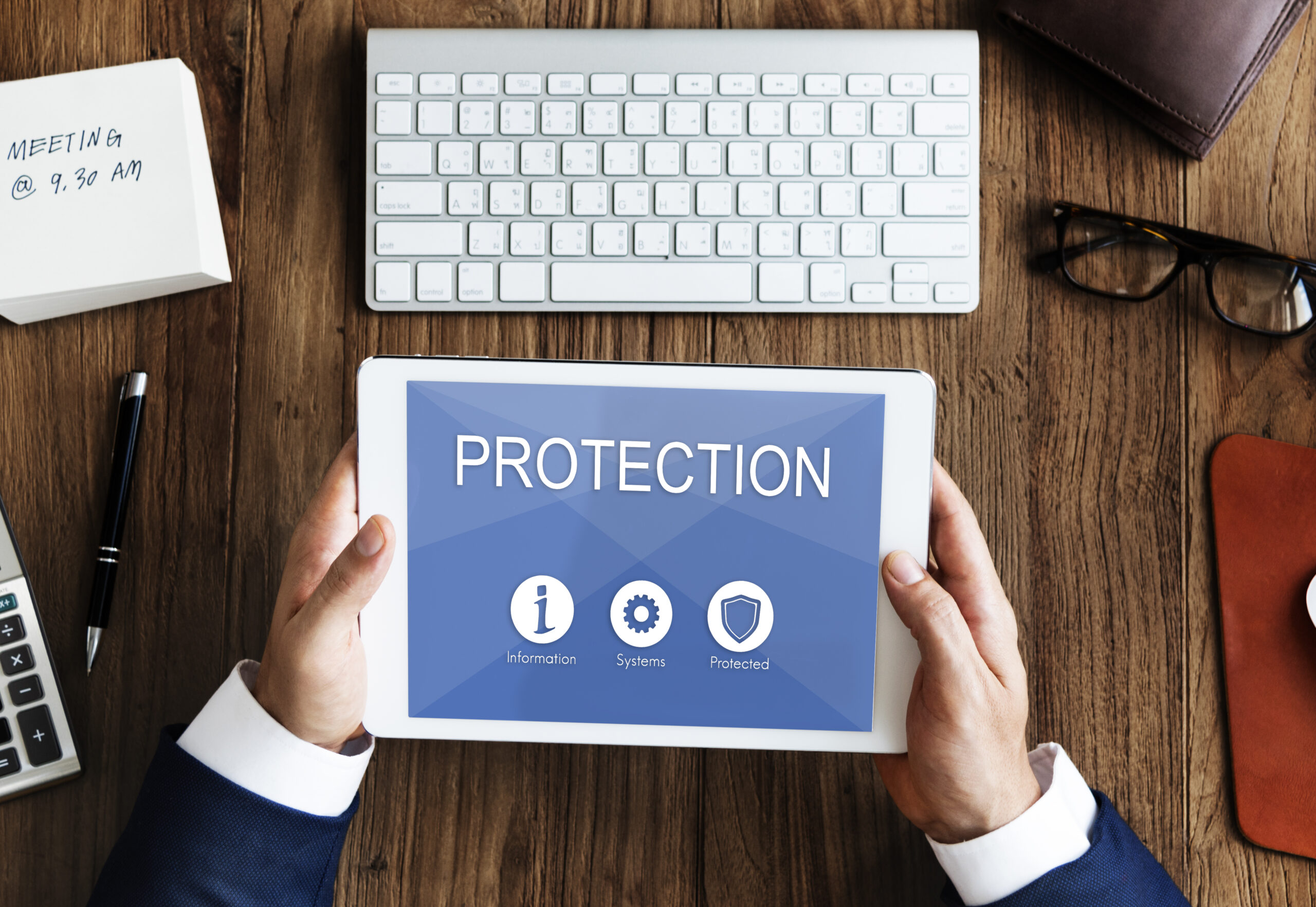

As our digital lives expand, so does the importance of protecting privacy within legal frameworks. Whether you’re an individual safeguarding personal data or a business ensuring compliance, following legal best practices is crucial.
What You Should Do
Quick Fixes
Tip: Monitor legal developments annually to stay compliant and protect your rights
Step | Action |
|---|---|
1 | Identify applicable laws (GDPR, CCPA, CalOPPA, UK ICO guidelines). |
2 | Audit data collection and sharing—get explicit consent. |
3 | Deploy technical safeguards: password managers, VPNs, encrypted apps. |
4 | Regularly lock down permissions and privacy settings. |
5 | Exercise legal rights: data deletion, breach monitoring, legal requests. |
6 | Keep up with legal shifts in Switzerland, UK, U.S. and beyond. |
Protecting your online privacy isn’t just about strong tech habits—it’s about knowing and asserting your legal rights. By combining robust digital hygiene with legal awareness and proactive data control, you can navigate the evolving privacy landscape confidently—and hold companies accountable when necessary.



Copyright © 2025 Legal Help UK. All rights reserved.